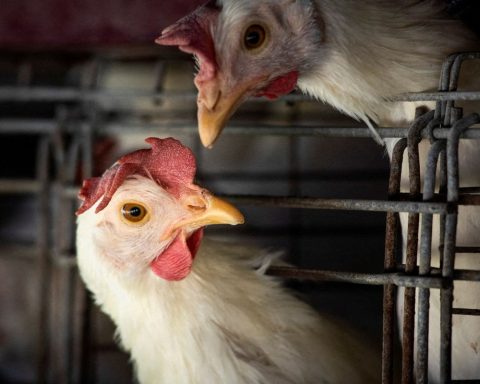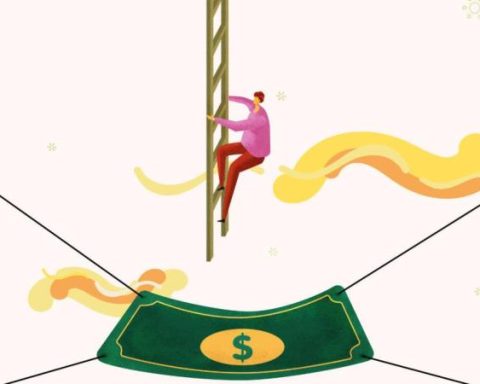The Argentine Society of Pediatrics (SAP) expressed its concern about “the increase in the problematic use of substances such as alcohol, energy drinks, tobacco and marijuana” as well as “an excessive use of information and communication technologies ( ICTs) such as cell phones, video games and screens in general” in girls, boys and adolescents.
The stance was developed in the document called “The Argentine Society of Pediatrics and problematic consumption: a responsibility of all” where they stated that the day by day of pediatric offices shows that “consumption levels have increased after the pandemic”.
At work, they clarified that, although many of these consumptions are rooted in all age groups, they can negatively affect “especially in children and adolescents, whose bodies are in full development.”
Alcohol, energy drinks, tobacco and marijuana because “they are the ones that adolescents and young people currently consume the most in Argentina”
For Fabio Bastide, pro-secretary of the SAP National Committee for Adolescence, “it is interesting to highlight the way in which the collective consumption of a certain substance or ICT is contextualized, highlighting its apparent positive values, thus it is erroneously stated: ‘a glass of wine it is good for the heart’ or ‘marijuana is natural and is used for medicinal purposes, so it is less harmful than tobacco’”.
The SAP emphasizes alcohol, energy drinks, tobacco and marijuana because “they are the ones that adolescents and young people currently consume the most in Argentina” based on a 2017 Sedronar survey, “but The use of information and communication technologies (ICTs) and new technologies can be added as problematic consumption and behavioral addictions.which increased during and after the pandemic.”
“The International Classification of Diseases of the World Health Organization (ICD 11) and the Diagnostic and Statistical Manual of Mental Disorders (DSM 5) frame andThe problematic use of ICTs as part of behavioral addictions”, said Nora Poggione, a pediatrician specializing in Adolescence and Secretary of the National Committee for Adolescence of the Argentine Society of Pediatrics (SAP).
The 2018 survey data
On the other hand, according to data from the 2018 World School Health Survey (EMSE), half of students aged 13-17 drank alcohol in the 30 days prior to the survey, being higher in the 16-year-old group. -17 years (67.6%) than in the 13-15 (47.7%).
“Alcohol is the leading cause of cirrhosis, brain damage, sleep and behavior disturbances, and injuries on public roads and related to violence.; its consumption during pregnancy and lactation can configure one of the first preventable causes of mental retardation”, said Silvia Cabrerizo, Secretary of the National Working Group of Problematic Consumption of the SAP.
According to the same EMSE study, an average of 1 out of 10 students used marijuana at some time in their lives and almost 4 out of 10 adolescents between the ages of 13 and 17 tried some illegal drug before the age of 14.
“In boys, girls, and adolescents who use marijuana, psychotic symptoms, cardiovascular disorders, and neurodevelopmental disorders may appear.alterations in memory, concentration and even, when used chronically, it can cause ‘anhedonia’, which is the inability to enjoy activities or situations that were pleasant in the past”, described María Eugenia Braschi , member of the National Working Group on Problematic Consumption of the Argentine Society of Pediatrics.
In addition, 20.4% of students between the ages of 13 and 17 used some tobacco product during the last 30 days, being more frequent in women than in men.
Poggione affirmed that today “one of the ways of incorporating nicotine and tobacco derivatives occurs through the use of vaporization devices called electronic cigarettes and ‘vapers'”, a modality that “adds to the toxic effects of tobacco the of the other components of the oils, flavorings and other substances that vaporize”.
“Energy drinks contain a high amount of sugar and caffeine -among other substances- and offer no health benefit for adolescents. Its multiple components can facilitate the appearance of adverse and toxic effects if combined with commonly used medications and other substances. In our country, its sale to minors under 18 years of age is prohibited, but this is not fulfilled in practice and its use is frequent in early adolescence as an ‘initiation ritual’ of that stage of life”, expressed Bastide.


















